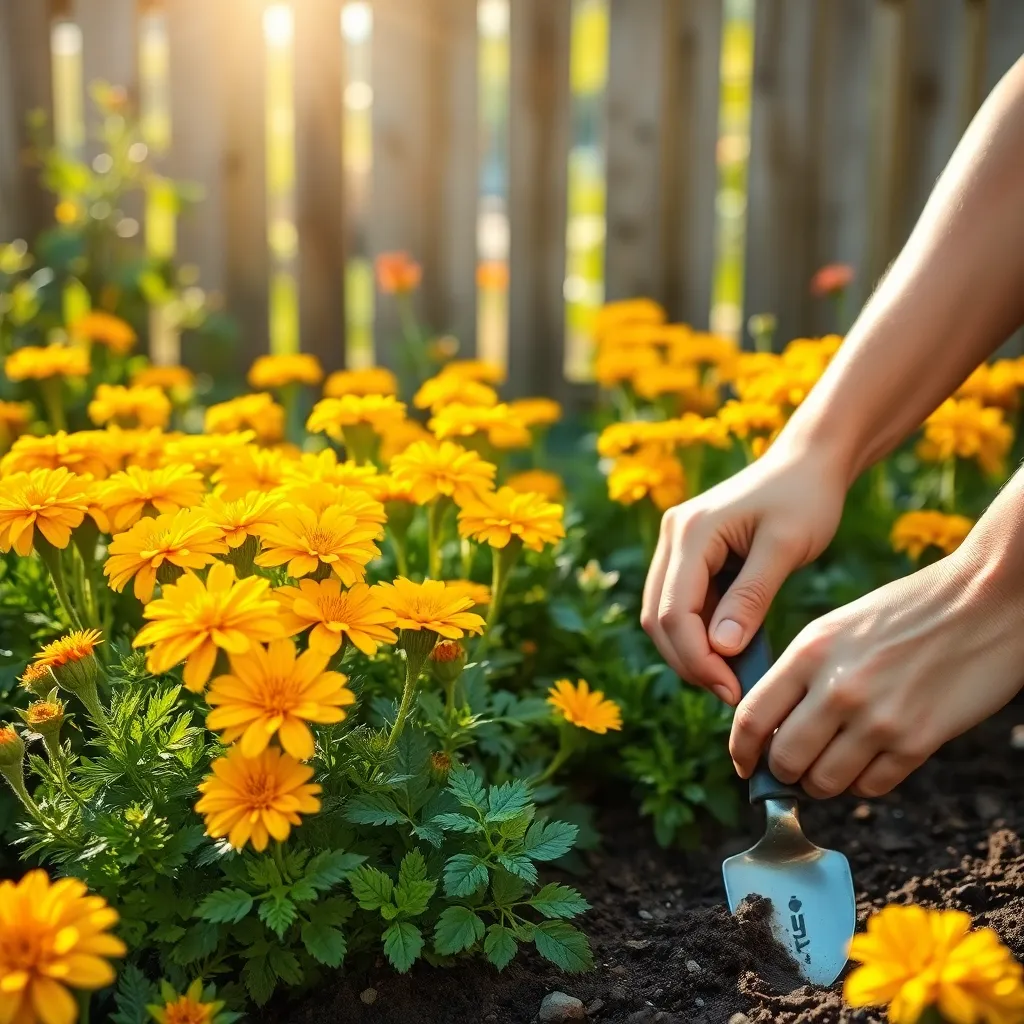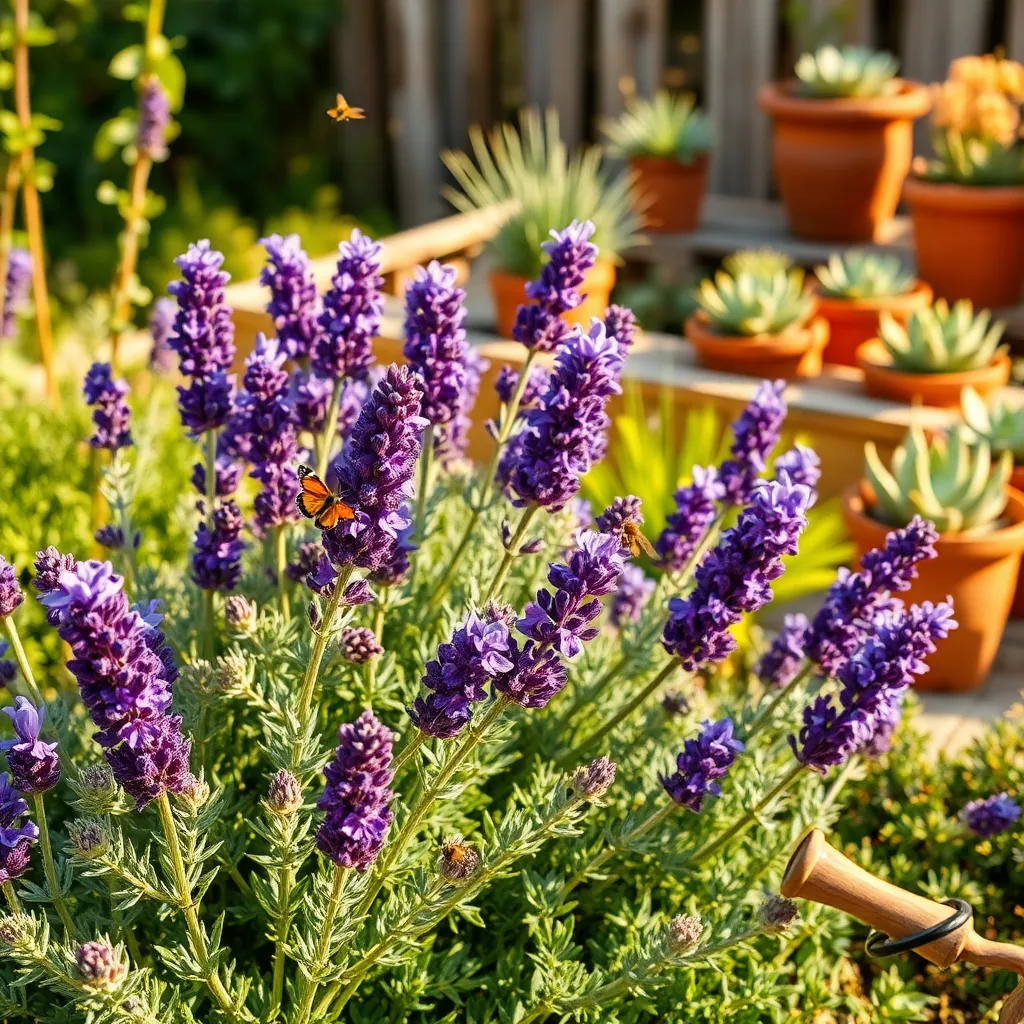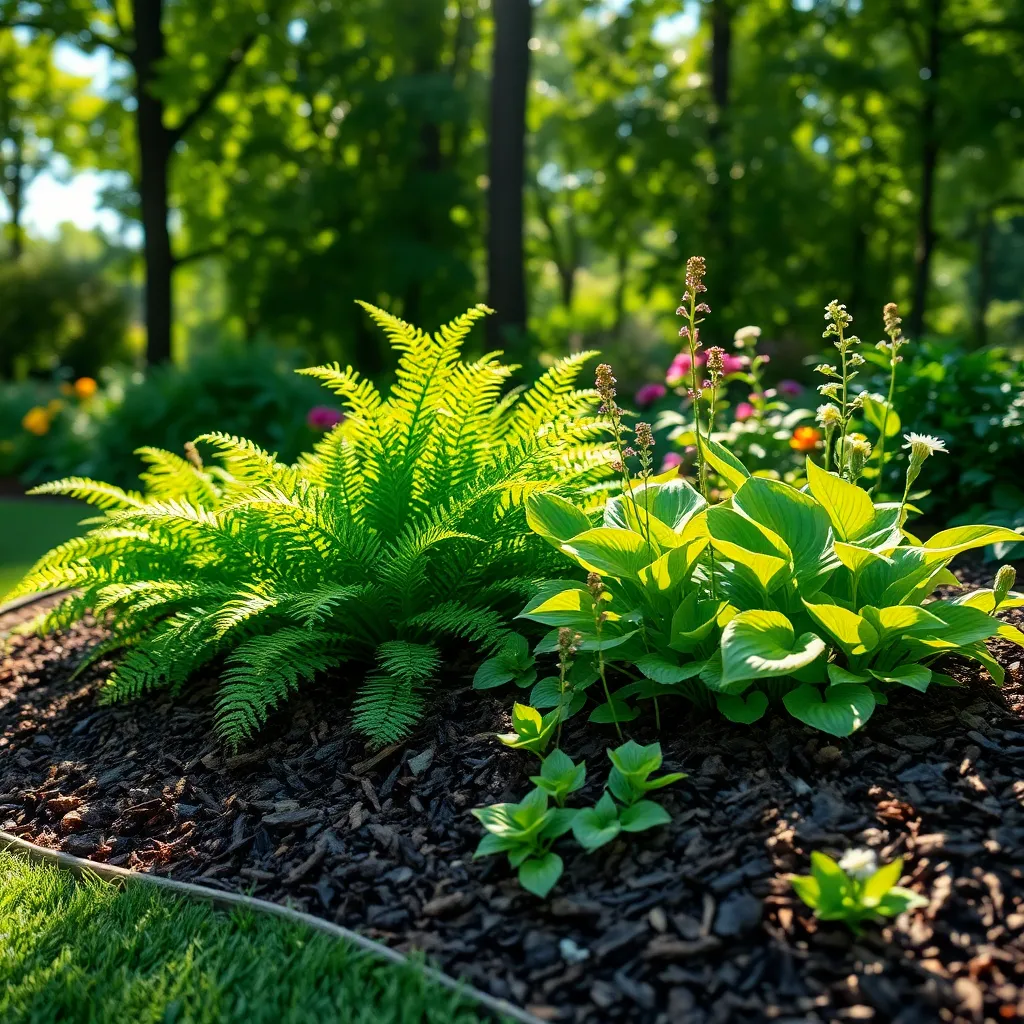Summer is the season when gardens truly come alive, bursting with color and fragrance that delight the senses. Whether you’re just starting your gardening journey or have a seasoned green thumb, “Best Outdoor Plants for Summer” is your go-to guide for transforming your outdoor space into a vibrant oasis. This guide is packed with expert recommendations, ensuring your garden not only survives but thrives during the sunniest months of the year.
For beginners, this list provides a curated selection of resilient plants that are easy to grow and maintain, making it the perfect way to dive into the world of gardening. Experienced gardeners will also find value in discovering new favorites and refreshing their plant palettes with varieties that bring both beauty and practicality to their outdoor spaces. From attracting pollinators to creating lush, shady retreats, the benefits of these plants extend beyond aesthetics, offering environmental and personal rewards that enrich your gardening experience.
Dive into these pages with confidence, knowing that with the right plants and techniques, your summer garden will flourish with minimal fuss. The joy of watching your garden transform under your care is unparalleled, and this guide is here to ensure that every effort you make is met with bountiful success. Get ready to embrace the rewards and satisfaction that come from a thriving garden, and let this summer be the season when your gardening dreams come to life.
Sun-Loving Marigolds (Pest-Repelling Blooms)

Marigolds are renowned for their bright, cheerful blooms and their ability to repel pests, making them an excellent choice for summer gardens. To get the best results, plant marigolds in an area that receives at least six to eight hours of direct sunlight each day.
These hardy plants thrive in well-draining soil, so consider mixing a bit of sand or perlite into your garden bed to improve drainage. Water marigolds regularly, ensuring the soil remains moist but not waterlogged, especially during dry spells.
For a continuous display of blooms, deadhead spent flowers regularly to encourage new growth. Additionally, marigolds benefit from a balanced, all-purpose fertilizer applied once a month during the growing season.
Experienced gardeners might try companion planting by placing marigolds near vegetables like tomatoes and peppers for natural pest control. Their scent deters many common garden pests, including nematodes and aphids, reducing the need for chemical interventions.
Drought-Resistant Lavender (Aromatic and Hardy)

Lavender is a fantastic choice for summer gardens, combining both beauty and resilience. This drought-resistant plant is perfect for those looking to conserve water while enjoying aromatic blooms.
For optimal growth, plant lavender in well-draining soil, ideally a sandy or gravelly mix. Avoid waterlogged conditions as they can lead to root rot, which is detrimental to this hardy plant.
Position lavender in a spot where it can soak up at least six hours of sunlight daily. Doing so not only enhances its fragrant aroma but also encourages robust flowering.
Water lavender sparingly, allowing the soil to dry out completely between waterings. During the peak of summer, a deep watering every two weeks is typically sufficient.
Beginner gardeners will find lavender forgiving, while more experienced green thumbs can try propagating it via cuttings. This allows you to expand your garden easily and maintain a consistent theme of fragrance and color.
For those seeking a challenge, consider experimenting with different lavender varieties. Each type offers unique hues and scents, adding diversity and interest to your garden landscape.
Heat-Tolerant Zinnias (Vibrant Long-Lasting Flowers)

Zinnias are a fantastic choice for summer gardens, boasting vibrant and long-lasting blooms that can withstand high temperatures. These hardy flowers thrive in full sun, making them perfect for areas that receive at least six to eight hours of sunlight each day.
To ensure your zinnias flourish, plant them in well-draining soil enriched with compost or organic matter. Regular watering is crucial, especially during dry spells, but take care not to overwater, as zinnias are prone to root rot if the soil is too soggy.
Deadheading, or removing spent blooms, is an excellent practice that encourages zinnias to produce more flowers throughout the growing season. For those looking to extend the blooming period, consider sowing seeds every two to three weeks for continuous color in your garden.
Advanced gardeners might experiment with different varieties of zinnias, such as the compact dwarf types or the taller, more dramatic cultivars. Companion planting with marigolds or cosmos can enhance the beauty of your zinnia bed and help deter pests naturally.
Deep-Rooted Coneflowers (Pollinator-Friendly Perennials)

Deep-rooted coneflowers are a fantastic choice for gardeners looking to attract pollinators while enjoying low-maintenance beauty. These perennials thrive in full sun and well-drained soil, making them ideal for a variety of garden settings.
For best results, plant coneflowers in soil that has been amended with compost to improve drainage and nutrient content. Water them deeply but infrequently, allowing the soil to dry out between waterings to prevent root rot.
To encourage more blooms, deadhead spent flowers regularly throughout the growing season. This not only prolongs blooming but also helps the plant conserve energy, resulting in a healthier, more robust display.
Advanced gardeners can experiment with different varieties of coneflowers, such as the ‘Magnus’ or ‘White Swan’, to create a diverse and colorful pollinator haven. Mulching around the base of the plants will help retain moisture and suppress weeds, enhancing the overall health of your garden.
Shade-Protective Mulch (Moisture Retention and Weed Control)

Mulching is a powerful technique for enhancing plant health during the summer’s intense heat. Using a shade-protective mulch can significantly improve moisture retention, helping your plants withstand dry spells.
Opt for organic mulches such as shredded bark, straw, or compost, which decompose over time to enrich the soil. Spread a layer of mulch about 2 to 4 inches thick around your plants, ensuring you leave a small gap around the base of each stem to prevent rot.
In addition to conserving moisture, mulch is also effective at suppressing weeds, reducing competition for water and nutrients. Regularly check your mulched areas throughout the season and replenish as needed to maintain its effectiveness.
For advanced gardeners, consider using a combination of mulching techniques, such as adding a layer of newspaper under the mulch for extra weed control. Moreover, selecting mulches that match your soil type can optimize their benefits; for instance, pine needles work well in acidic soils.
Conclusion: Growing Success with These Plants
As we explored the vibrant world of outdoor plants that can enrich your summer, we uncovered five key concepts to nurture your relationship with nature: the significance of choosing the right plant for your climate, the impact of regular maintenance and care, the importance of creating a harmonious plant arrangement, the benefits of involving loved ones in gardening activities, and the joy of watching your garden (and relationships) flourish. Each of these principles mirrors the nurturing required in our personal relationships.
Take immediate action by selecting a new plant to add to your garden this week. Involve your partner or family in the process to strengthen your bond through shared time and effort.
Don’t forget to bookmark this article for future reference, ensuring you have a handy guide to revisit as you cultivate both your garden and your relationships.
Remember, just as plants need sunlight and water to thrive, relationships require attention and care to succeed. By investing love and patience in your garden and relationships now, you’re sowing the seeds for a brighter, more fulfilling future. Let this article be your companion on this enriching journey.

